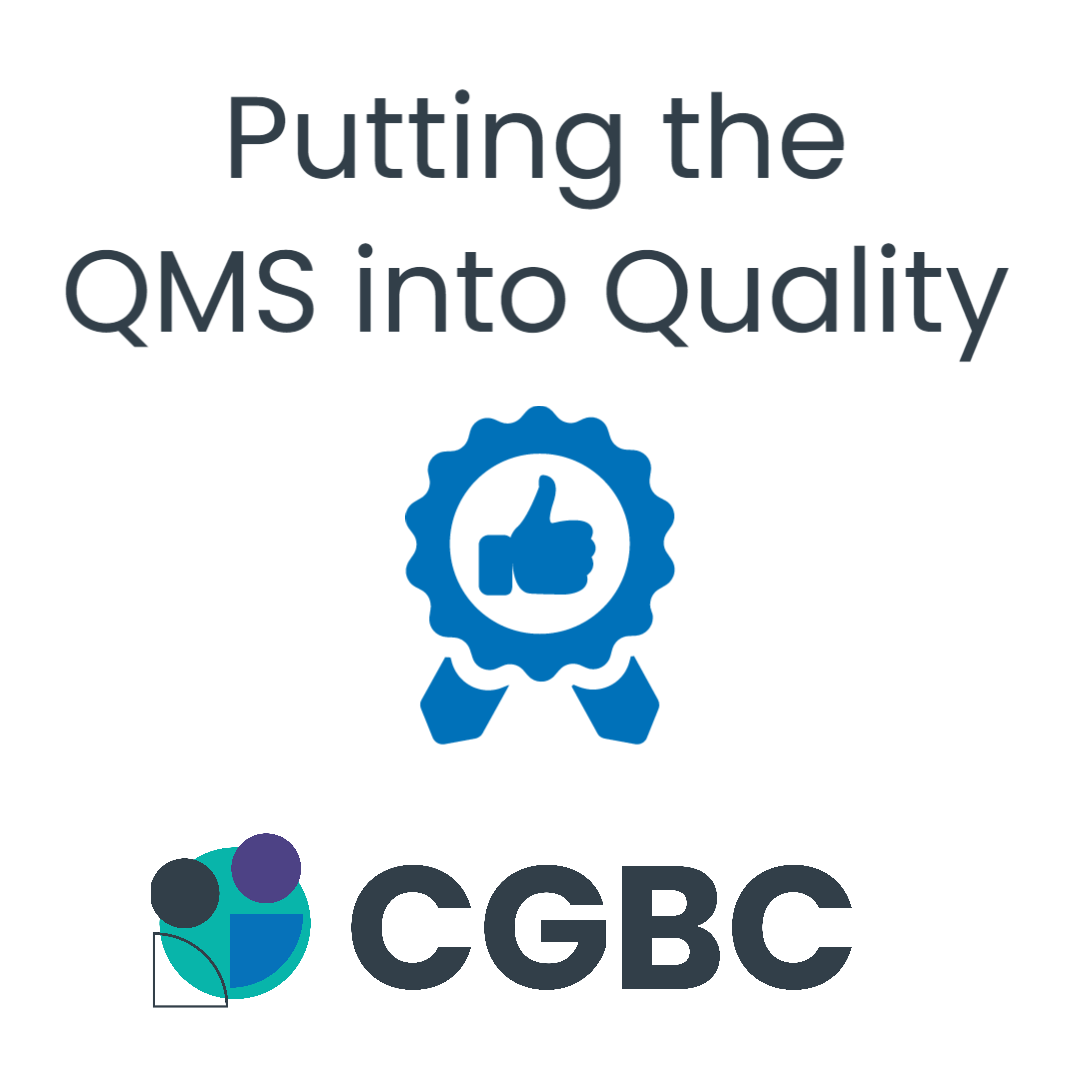The Guided Path to ISO 9001 Quality Management Certification
The path to ISO 9001 Quality Management Certification can be fraught with difficulties if left unguided. With the help of a team of trusted ISO...
3 min read
Caroline Geoghegan : Oct 16, 2019 10:00:53 AM

Being certified to ISO 9001 benefits businesses in many ways including helping them to expand into new markets and grow their client base.
Yet, just how to go about getting ISO certified is, however, something very few business owners and managers know. So, to bridge that awareness gap, CG Business Consulting is putting forward a simple step-by-step guide to achieving ISO 9001 certification.
Let's start with the basics ... just what is an ISO 9001 certification?
ISO is an acronym for the International Organisation for Standardisation, home to a global cohort of experts in multiple fields whose expertise and research into industry best practice forms the basis of specialist standards.
The ISO has designed and developed different standards for various industries and sectors including Energy/Utilities, Environment, Information Security etc. The standard we're going to focus on here, ISO 9001 - Quality Management System Standard - crosses all industries and business lines. Companies can get certified in the one specialist area pertinent to their industry or certify to multiple standards, something more and more large corporates - particularly those with diverse subsidiaries and departments - are actively pursuing.
An ISO certification is available to all companies regardless of size or sector and typically involves implementing a QMS - Quality Management System - and getting audited and certified by an approved ISO certifying agency.
Enlisting the help of ISO Consultants like CG Business Consulting, is a sure fire way of achieving certification quickly and effortlessly. Your ISO consultants will also work with you to implement your QMS in a structured and timely manner.
The first and probably the most important step in the ISO certification process, defining objectives at the outset will help you draw up a clear, well thought out and measurable roadmap from certification through QMS implementation across the various levels of your organisation.
You will need to designate oversight of the QMS to an employee who typically will already have an active role in process management. Their main duties will be to identify areas where applying QMS would prove beneficial along with working with colleagues to create a best fit QMS for the company.
A QMS blueprint will provide a clear cross-departmental roadmap of practices to be implemented.
As with anything new implementation, once ready, the QMS blueprint should undergo testing in a real-work environment. This typically involves employees slowly beginning to work to the requirements of the standard. This 'pre-production' test will, if done properly, unearth any issues or faultiness which can be addressed and fixed before any audit is carried out.
During a gap analysis, the Quality Manager will seek to find gaps in the employee knowledge base and in system functions. Once these gaps are identified, the process can move onto the training stage during which these gaps will be addressed and closed out.
Based on the findings of the gap analysis, a programme should be developed to ensure that all employees are trained in the clauses and requirements of the standard and in how to implement the QMS. Employee awareness of the organisation's objectives should also form a key part of any training
Organisations are required to build an ISO-relevant document library which will form part of the external audit process. Documents will include company registration, HR processes and protocols, customer satisfaction mission statement etc. In addition to drawing up this documentation, your organisation will also have to prove that it works to the requirements and guidelines embedded therein.
Steps 1-7 should take just under three months at which point you should apply to an authorised external agency that will audit and certify your organisation as ISO 9001 compliant. The external agency will provide a checklist of QMS against which the Quality Manager will have to prove compliance.
The certifying agency will commence on-prem auditing the QMS after which their findings will decide whether or not your business is ISO 9001 compliant. During the audit, they will study QMS-related documents as well as practical application of the requirements of the standard.
Your ISO certification is valid for a period of three years after which you will have to apply to renew the certification. In order to ensure continuity of compliance, it is vital that your organisation employs a policy of continuous monitoring, management and improvement.
NOTE: It is worth remembering that all standards, not just Quality, can undergo change during the three year time period. It is important for the Quality Manager to keep abreast of all news updates and announcements which they can easily do by subscribing to their ISO consultants newsletters, following them on Twitter, holding regular checkpoint meetings etc.
An ISO certification is a must for any business that wishes to grow its markets and customer base.
Nowadays, most companies and government agencies will only award preferred supplier status or partner with those businesses that can prove their commitment to Quality.
An ISO 9001 certification can help ensure your organisation will qualify to bid for state agency tenders - a qual/fail factor now central to the Irish Government tendering process.
Prevaricating about working to ISO Certification and compliance could prove costly in the long run, so our advice is to act now. For more details on the ISO 9001 standard and implementing a Quality Management System get in touch.

The path to ISO 9001 Quality Management Certification can be fraught with difficulties if left unguided. With the help of a team of trusted ISO...

To name but a few, these effects include:

No fuss, no frills - CG Business Consulting gives you the what, the who and they why of ISO 9001 Quality Management System Standard.